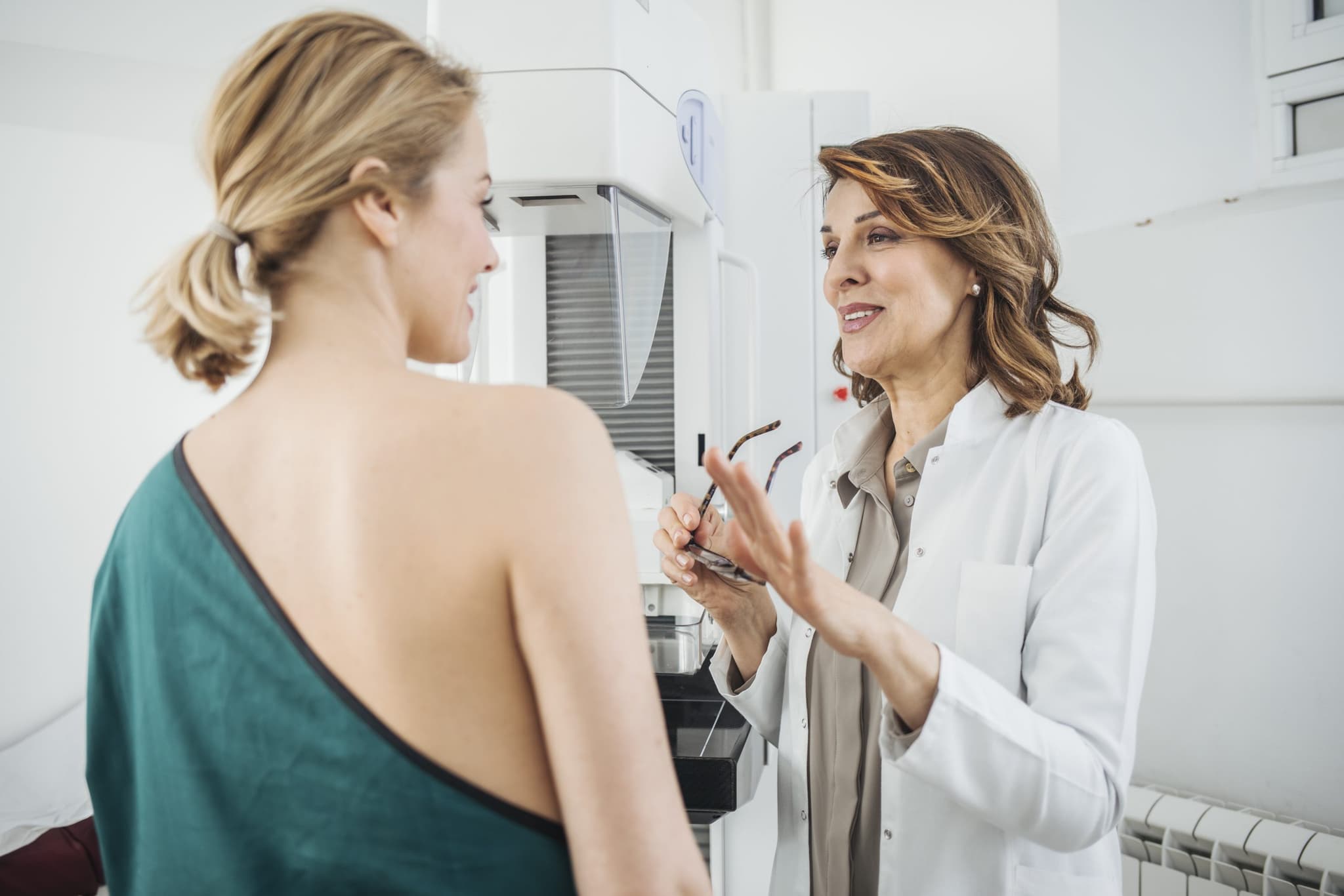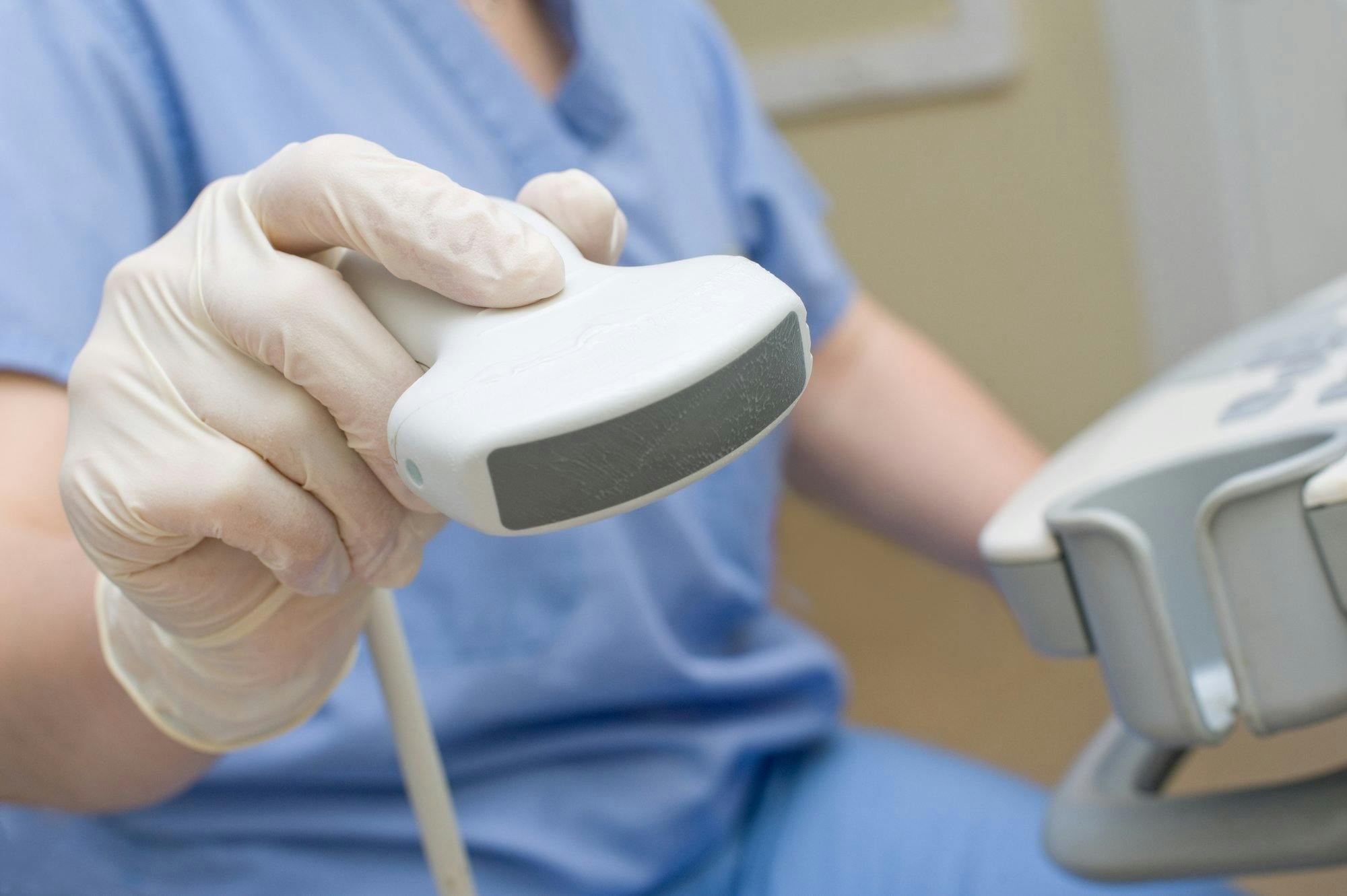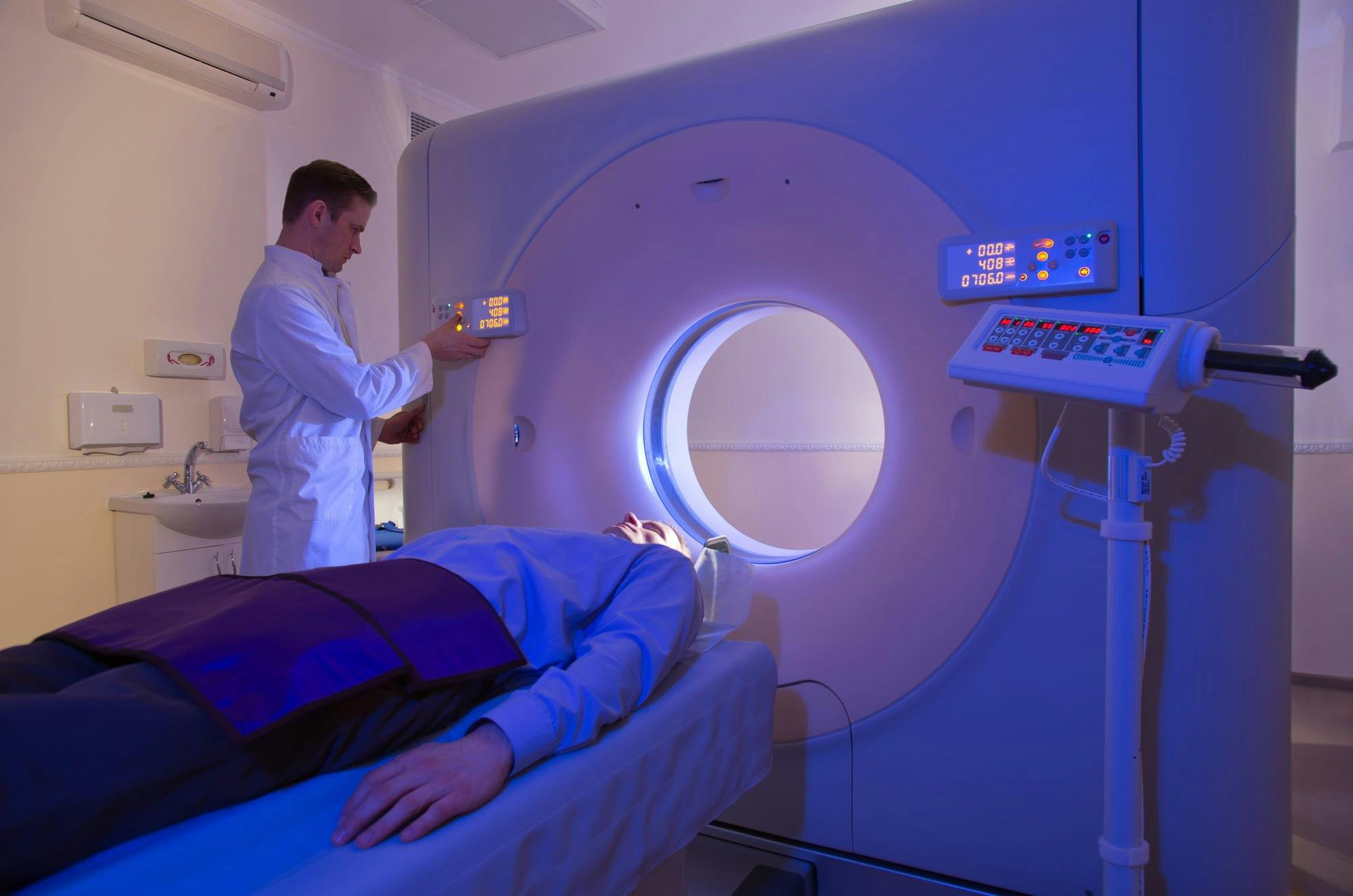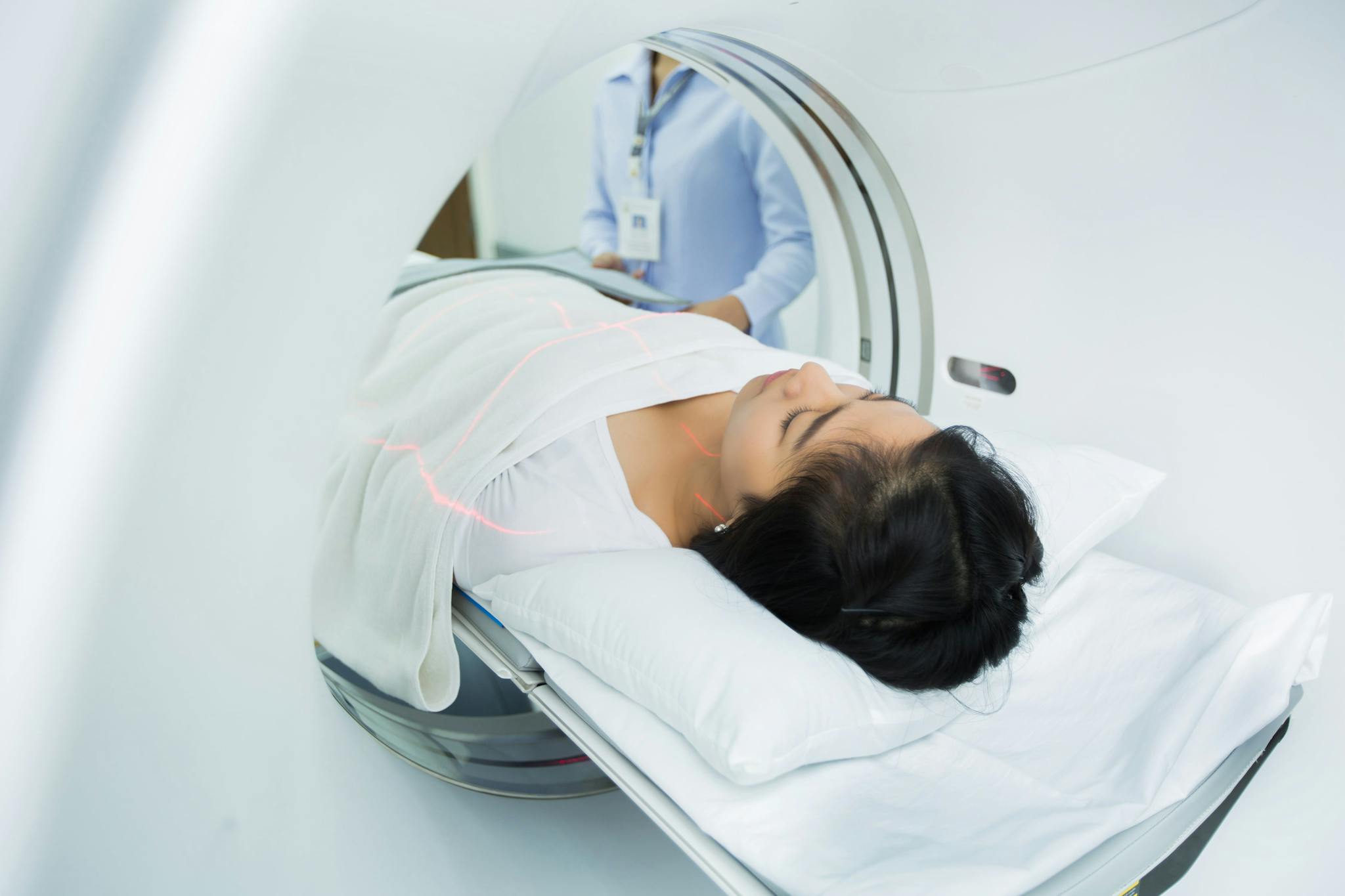
2021-10-27T16:18:53
Why your Next Clinical Breast Exam Should Include a 3D Mammogram
- Cancer Center
- Imaging
November 14, 2017 | Imaging • Radiology
Specialties:Imaging • Radiology

Most people associate the term “ultrasound” with pregnancy—whether it’s to examine the baby in the womb or determine the baby’s gender. Although this practice, called fetal imaging, is one of the most common uses of ultrasounds, it’s actually just one of several applications.
Also known as sonography, ultrasound tests use sound waves to create images of what’s happening inside the body. An instrument called a transducer emits a high-frequency sound, and the echoes the sound waves produce help determine size, shape, and consistency of soft tissues and organs under the skin.
This data is then transferred to images on a computer screen, which is produced in real time. An ultrasound technician, or sonographer, will perform the test, and a radiologist or doctor will interpret the results.
Ultrasound imaging has many uses for confirmation, diagnosis, and treatment of medical conditions. Some of these include:
In most cases, your doctor will use a transducer on the surface of the skin to perform an ultrasound. In some cases, though, a better image can be created by inserting a special transducer into one of the body’s openings, including:
Several other types of imaging are possible with ultrasound technology:
Ultrasounds come with several benefits:
A few things to expect before or during an ultrasound test include:
Your doctor can provide more information about ultrasounds and will recommend one for you if appropriate.
Sources:
“What Is an Ultrasound?” WebMD. https://www.webmd.com/a-to-z-guides/what-is-an-ultrasound#1
“Ultrasound.” MedlinePlus. https://medlineplus.gov/ultrasound.html
WRITTEN BY:
The Live Better Team


2021-10-27T16:18:53

2019-10-15T16:28:57

2019-06-06T10:36:51

2019-04-22T16:29:21
This information is not intended to replace the advice of a medical professional. You should always consult your doctor before making decisions about your health.